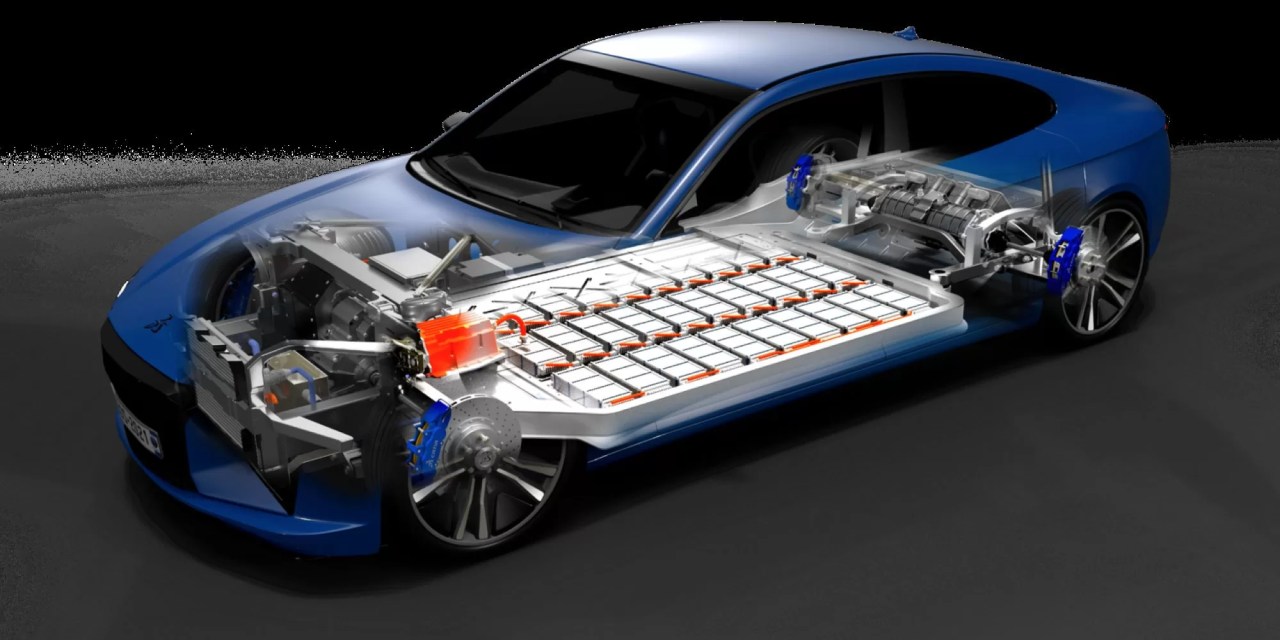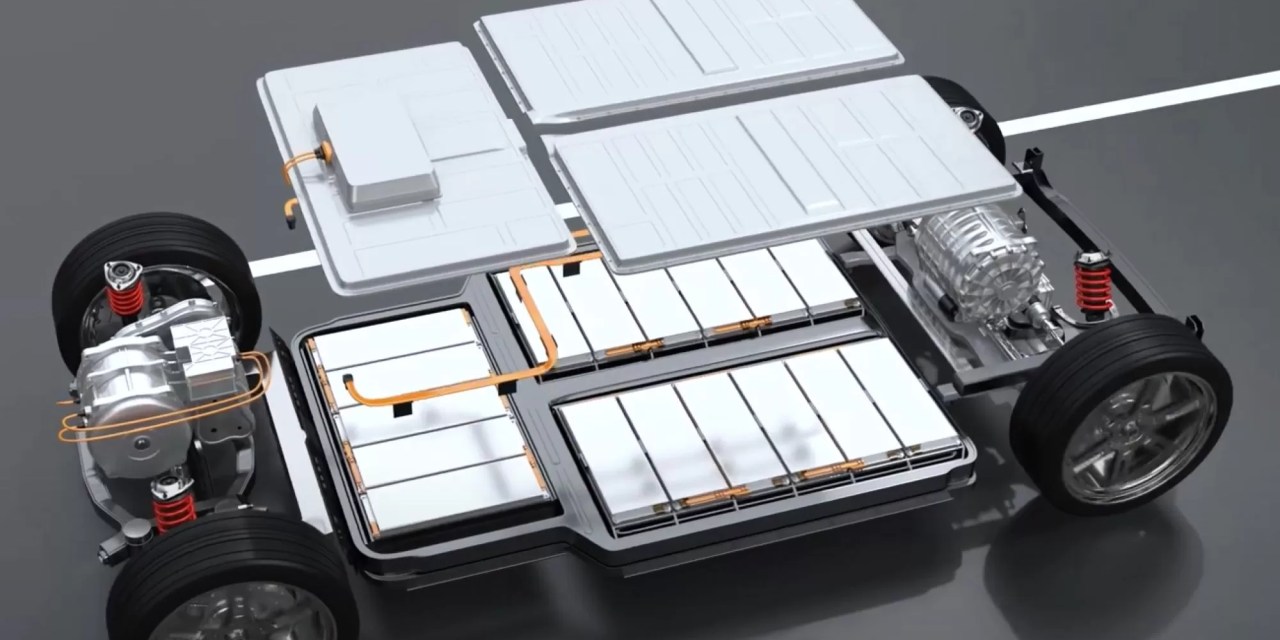Lithium-ion batteries are the key components in the rapid expansion of mobility electrification. They are expected to reach 2000 GW·h of production capacity by 2030, a significant leap from the 20 GW·h produced in 2010. Cleantech incentives in North America, as well as green programs in Europe, are driving rapid growth in energy storage capacity, with U.S. battery capacity anticipated to exceed 130 GW by 2030.
Battery power has moved from providing convenience to being the anchor of environmental sustainability. Unfortunately, the process of designing and making lithium-ion batteries is expensive, slow, and environmentally unfriendly.
The way forward demands industry to be bolder, quicker, and greener. The roadmap to a more efficient industry involves several key considerations including better battery performance, swift market delivery, and an unyielding commitment to environmental sustainability. The challenge lies in implementing these changes across the complex value chain, stretching from raw material extraction to battery-powered product manufacturers.
The same state-of-the-art engineering software platforms used to design the next generation of EVs (electric vehicles) are ideally suited to creating the new lithium-ion engineering value chain. Model-based system engineering and simulation can help anticipate the battery behavior from molecular interaction to vehicle insertion.
Manufacturing optimization can reinvent how batteries are made and incorporated into new vehicles. Factory virtual twins can be used to improve the design of new EV gigafactories while simultaneously preparing for material recycling and the creation of a circular economy for EV components.
Optimized engineering for battery excellence
Battery cell and pack design is a critical differentiator for EVs. These designs are becoming increasingly complex. Engineers need to optimize each battery cell, module, and pack for longevity, safety, performance, and sustainability.
Existing engineering processes are based on separate teams for each component and vehicle subsystem. This creates an “information silo” process that hobbles innovation by obstructing insight and slowing the development process.
A shift towards a shared virtual model-based approach to battery development can offer engineers the opportunity to experiment and assess every aspect of the battery, from chemistry to the whole system. When physical testing is required, the virtual model becomes a virtual twin of the product. The digital and the physical each define and refine the other as the final product design emerges. By leveraging AI (artificial intelligence) and machine-learning models, researchers can further reduce testing time and gain insights with advanced data analytics.
Material science plays an important role in battery development.
Harnessing sustainable raw materials
Lithium consumption is predicted to surge 400% by 2025, largely due to the green transport revolution. Current extraction processes often involve massive salar fields where lithium-containing brine is evaporated over 12-18 months. This traditional method is environmentally taxing and must evolve. Companies need more efficient, sustainable ways to mine lithium to ensure safe and environmentally sound operations.
The same digital simulation tools used to design the battery can be used to create innovative extraction and production strategies. Ideas can be tested virtually, reducing both cost and environmental footprint.
Manufacturing and recycling: closing the loop
Battery manufacturing is a multi-step process that must be done efficiently and quickly to meet market demands. Virtual modeling of end-to-end processes can offer a clear and comprehensive view, allowing for optimization at every step, reducing the scrap generated during cell production.
Just as important is embracing a circular battery lifecycle to achieve sustainability goals. This involves the recovery and reuse of raw materials from old batteries, which necessitates optimizing reverse logistics processes. A fully digital production model can ease creating the reverse process.
Unlocking collaboration in the value chain
The lithium battery value chain comprises an array of actors, from miners to hi-tech component producers and EV manufacturers. As these parties cross over into different parts of the value chain, conflicts of interest and intellectual property protection can create information silos, leading to inefficiencies.
A more connected approach, facilitated by a unified technology platform, can bring these diverse entities together. For instance, a joint venture between an EV manufacturer and a battery provider could leverage a single technology platform for collaborative efforts, optimizing engineering, manufacturing, and infrastructure management processes. Specific details of patented technologies can be shared or shielded as needed. The result? A more efficient, more innovative, and greener lithium-ion battery value chain.
As the industry strives for a more sustainable future, the key to unlocking greater, faster, and greener outcomes lies in harnessing the power of collaboration, digital simulation, and innovative engineering. As we ride the green transportation wave, these batteries promise to deliver not just more power, but a more sustainable world.
This article was written for Futurride by Nicolas Vallin, Battery Consultant & Solution Portfolio Manager – Transportation & Mobility Industry, for Dassault Systèmes. Vallin is a member of the Digitalization Task Force within the Batteries Europe initiative, the technology and innovation platform of the European Battery Alliance, and he has a particular interest in climate change and sustainable corporate strategies.
- A shift toward a shared virtual-model-based approach to battery development can offer the opportunity to experiment and assess aspects from chemistry to the whole system.
- Nicolas Vallin is Battery Consultant & Solution Portfolio Manager – Transportation & Mobility Industry, for Dassault Systèmes.
- Model-based system engineering and simulation can help anticipate the battery behavior from molecular interaction to vehicle insertion.
- Modeling and simulation enable faster and more accurate exploration of battery performance, material properties, and chemical interactions.































































































